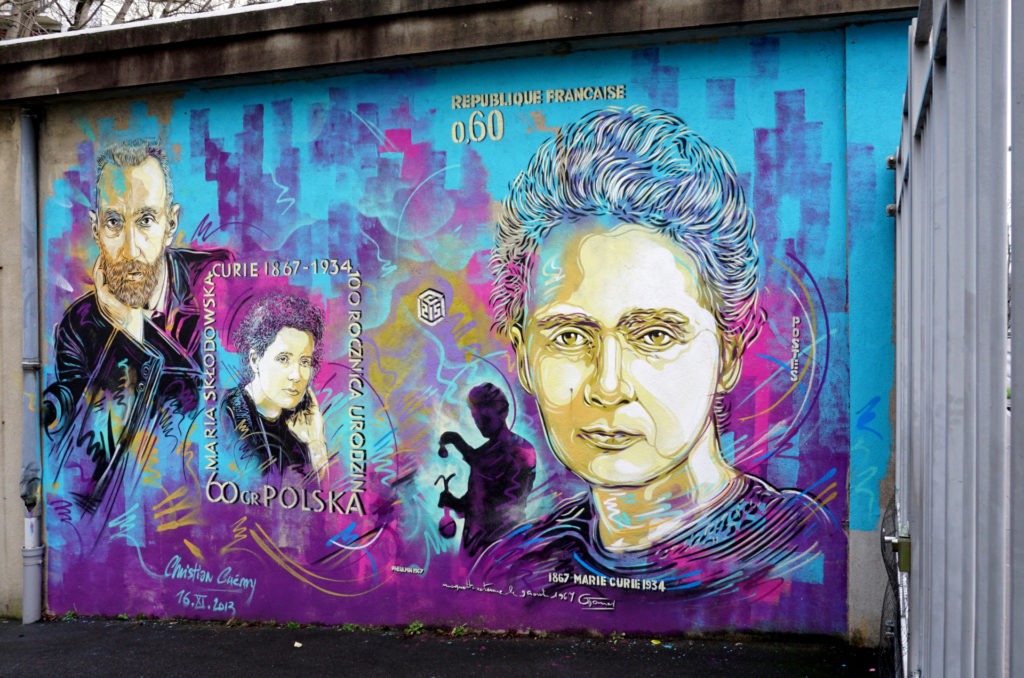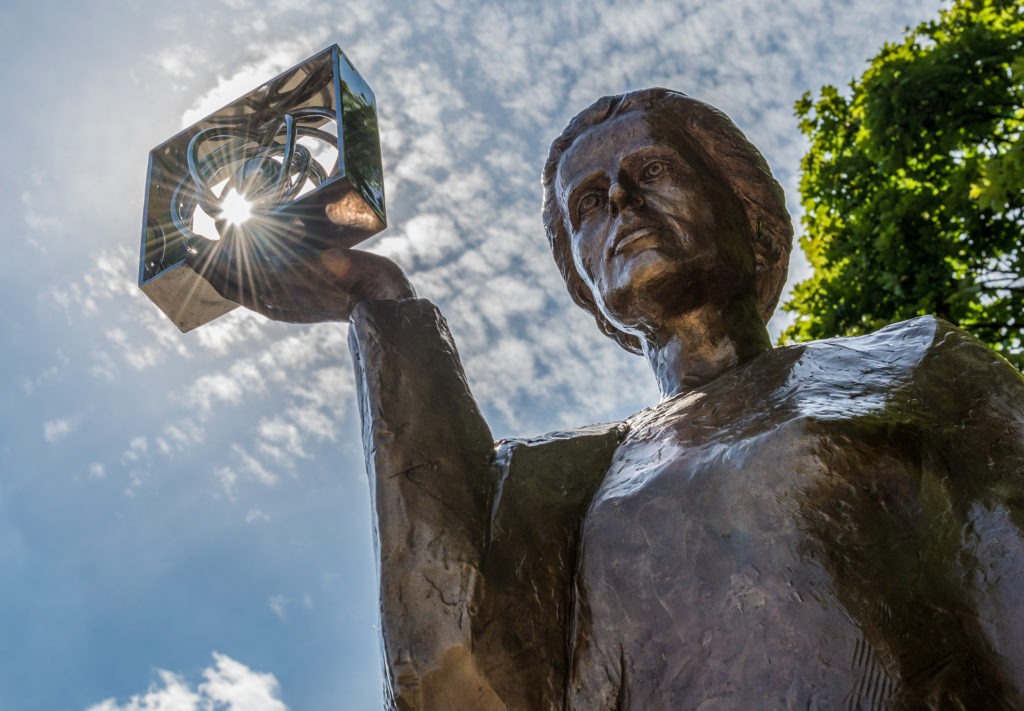So What is the Third Factor, Anyway?
You asked. We answered. What is this thing we named our magazine after, and what are the first and second factors? And why is this concept from Kazimierz Dabrowski’s theory of positive disintegration so much more important than his more well-known construct of overexcitability?









